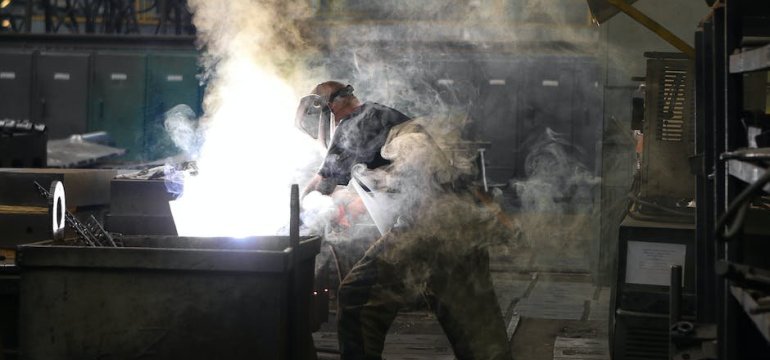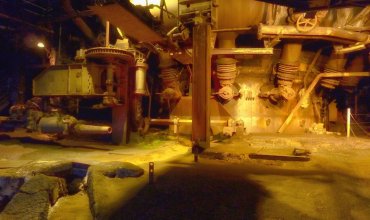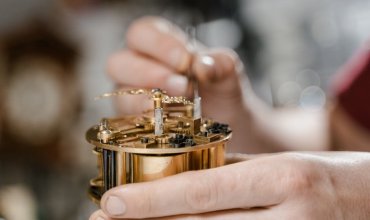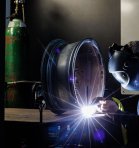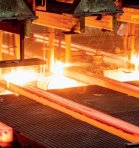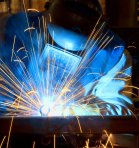Copper is one of the oldest metals known to mankind, having been used for thousands of years for a variety of purposes, from tools to jewelry. Today, copper processing continues to play a key role in many industries. Copper is invaluable for its properties, such as excellent electrical and thermal conductivity, high corrosion resistance, and the ability to form into various shapes. In Poland, we have a rich history and experience in working with this metal, which translates into advanced technologies and processing techniques.
In this article, we will take you step by step through the process of working with copper, presenting all the necessary information, techniques and principles that will allow you to use this metal effectively and efficiently. We will try to provide both theoretical knowledge and practical tips that will help you better understand this area of the industry.
Properties of copper and its importance in industry
Copper is unique because of its physical and chemical properties, which make it an extremely valuable material in various industrial sectors. First of all, it has excellent electrical and thermal conductivity, which makes it indispensable in the manufacture of wires, cables, as well as in electronics. Not without significance is also its resistance to corrosion, which makes copper durable and reliable in various operating conditions.
Another unique feature of copper is its ductility. It can be easily bent, shaped and rolled, making it suitable for a wide range of applications such as tubes, sheets, foils and profiles. Copper is also bacteriostatic, meaning that it inhibits the growth of bacteria, which is used in medicine and in the manufacture of sanitary equipment.
All these properties contribute to copper's widespread use in the construction (pipes, water systems), automotive (radiators, cables) and energy (transformers, generators) industries. A unique feature of copper is also its aesthetics - its reddish-brown luster makes it readily used in architecture and art.
Copper processing techniques: from basics to advanced methods
The process of working copper involves a number of techniques that make use of the metal's various properties. Below are the most important of them, from the simplest to the more advanced.
Rolling and bending
One of the basic methods of processing copper is rolling and bending. Rolling involves passing copper through a pair of rollers to achieve the desired shape and thickness. It is a technique mainly used to produce copper sheets, strips and foils. Bending, on the other hand, involves giving copper a specific shape by hand or mechanical bending. These simple techniques make it possible to create various forms and shapes, which are used in construction and installation applications.
Stamping and extrusion
Stamping is a process in which a large force is exerted on an initial form of copper to produce a complex shape. It is a technique used in the production of parts with complex geometries, such as coins or decorative elements. Extrusion, on the other hand, involves pulling copper through a die to produce long parts with a fixed cross section, such as rods and profiles. Both processes are widely used in the automotive and construction industries.
Soldering and welding
Soldering and welding are techniques for joining copper components that are used in many fields. Soldering involves joining copper using a binder that has a lower melting point than the materials being joined. Welding, on the other hand, involves melting copper parts using high temperatures to create a permanent connection. Both processes are used primarily in the manufacture of water and refrigeration systems.
Forging and pressing
Forging is a copper processing in which the material is formed by striking it with a hammer or press. It is a technique that requires a great deal of force, but allows the production of very durable parts with high strength. Pressing, on the other hand, involves shaping copper by applying constant pressure. Both techniques are often used in the production of mechanical parts and tools.
Machining
Machining is a process in which small pieces of material are removed from copper to achieve the desired shape and dimension. Machining methods such as milling, turning and drilling are commonly used in the production of precision components such as machine and equipment parts.
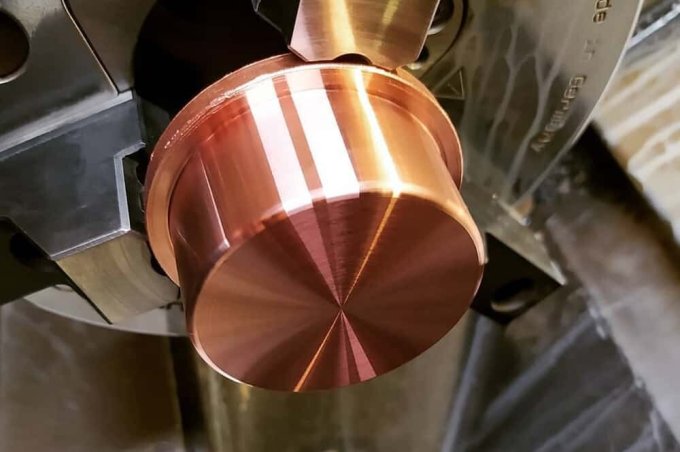
Tools and materials: what is needed to machine copper
To successfully perform copper machining, it is necessary to have the right tools and materials. Below is a look at the necessary equipment that will allow you to work effectively with this metal.
Hand tools
Working with copper often begins with hand tools, such as files, metal saws, sheet metal scissors and hammers. These tools allow you to pre-shape the material and prepare it for more advanced techniques. It's also a good idea to stock up on pliers, pliers and various types of vices to help stabilize the material as you work.
Machine tools
For more advanced copper machining techniques, it is necessary to use machine tools. The most important of these are:
- Lathes - allow you to turn copper parts, giving them a precise shape.
- Milling machines - allow milling of planes and shapes with high accuracy.
- Drilling machines - are used to make holes in copper of various diameters.
- Hydraulic presses - used for pressing and stamping copper parts.
Auxiliary materials
Additional materials are often needed to process copper, such as:
- Binders - used for soldering and welding copper.
- Protective gases - used in welding techniques to prevent oxidation of copper.
- Coolants and lubricants - used during machining operations to reduce friction and extend tool life.
Health and safety
When machining copper, it is very important to maintain proper health and safety standards. Working with this metal can involve the risk of mechanical damage, burns and inhalation of harmful fumes. Therefore, it is necessary to use appropriate protective measures, such as:
- Safety glasses - protect against splinters and contaminants.
- Gloves - protect hands from injury and burns.
- Protective masks - prevent inhalation of copper dust and fumes.
- Hearing protection - when working with noise-generating machinery.
The future of copper processing: innovation and technology
As technology advances, the copper processing process is constantly evolving. New technologies and innovative solutions allow even more efficient use of this metal. Below are some key developments and the future of copper processing.
3D printing in copper processing
One of the most interesting innovations of recent years is the use of 3D printing technology for copper processing. Additive printing makes it possible to create complex models and parts from copper that were unattainable by traditional methods. The technology is widely used in the medical, automotive and aerospace industries.
Automation and robotics
Automation of production processes and the use of robots in copper processing is another step toward efficiency. Advanced computer-aided manufacturing (CNC) systems and industrial robots make it possible to precisely and quickly form and join copper parts. Automation also makes it possible to increase work safety and reduce production costs.
Modern materials
An innovative direction in copper processing is the development of modern composite materials, which combine copper with other metals and plastics. Such composites often have better mechanical properties while retaining the excellent thermal and electrical conductivity of copper. Examples include composites with graphene, which have applications in advanced electronics.
Ecology and sustainability
Modern copper processing is increasingly taking into account ecological and sustainability aspects. Recycling copper and reducing energy consumption in production processes are key challenges facing the industry. Implementing green technologies and taking care to minimize waste are important steps toward an environmentally friendly future.
Summary
Copper processing is a process that plays a key role in many industrial sectors and daily life. Copper's rich history of use and its unique properties make it an extremely valued metal around the world. In Poland, we have a long tradition of working with copper, which translates into advanced technologies and processing techniques.
Through advanced methods such as rolling, bending, stamping, extrusion, brazing, welding, forging, pressing and machining, we can create a variety of copper products that are used in construction, automotive, energy and medical applications. Hand and machine tools, as well as the right auxiliary materials, are an indispensable part of successful copper processing. Health and safety principles are key to making the process not only efficient, but also safe for workers.
The future of copper processing is linked to technological innovations such as 3D printing, automation, modern materials and sustainability. These developments allow for even more efficient and environmentally friendly use of this unique metal.
We hope that this guide has provided you with all the information you need and that copper processing has become less mysterious and more understandable to you. Copper processing is a fascinating field that combines knowledge, technology and creativity, and working with this metal can bring much satisfaction and inspiration.


